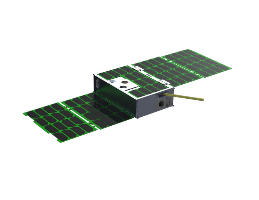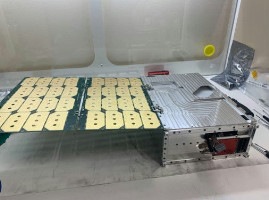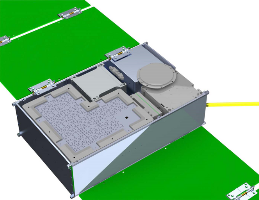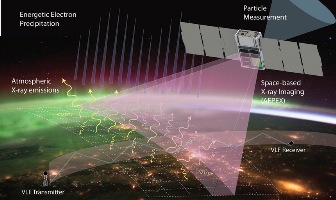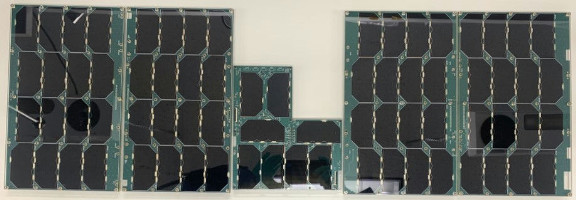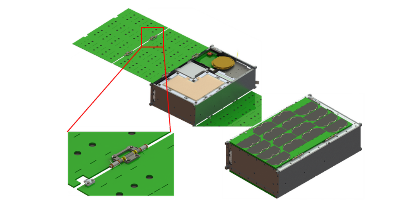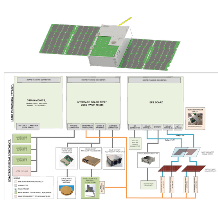| Spacecraft | AEPEX (Atmospheric Effects of Precipitation through Energetic X-rays) |
|---|---|
| Form factor | CubeSat |
| Units or mass | 6U |
| Status | not launched, expected in 2025 |
| Launcher | Firefly Alpha, (Elytra), (ELaNa 42) |
| Organisation | University of Colorado Boulder |
| Institution | University |
| Entity | Academic / Education |
| Headquarters | US |
| Partners | Smead Aerospace |
| Oneliner |
Investigate electrons that fall into Earth’s atmosphere from the Van Allen radiation belts. Image the Earth's upper atmosphere in X-rays |
| Description |
Investigate electrons that fall into Earth’s atmosphere from the Van Allen radiation belts. These electrons interact with the atmosphere and have major implications for the atmospheric ozone balance. Scientific investigation mission that aims to better understand the influence of the magnetosphere on the Earth’s upper atmosphere through energetic particle precipitation (EPP). One of the key uncertainties in reaching closure on how EPP impacts the atmosphere is the lack of knowledge regarding how much energy is put into the atmosphere via EPP. To address this uncertainty, the primary objective of AEPEX is to quantify the energy deposition to the atmosphere from energetic particles that precipitate from the radiation belts and other sources.
|
| Sources | [1] [2] [3] [4] [5] |
| Photo sources | [1] [2] |
| COTS subsystems |
|
| Subsystems sources | [1] |
Last modified: 2025-04-18
